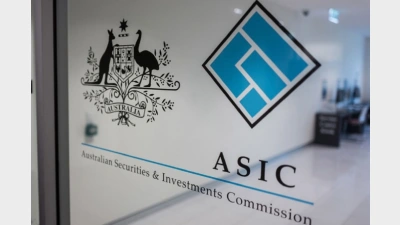ASIC levy cost for super and investment sector to increase by over $5m



The corporate regulator has released its estimated industry levies for FY2024–25, with the cost for the investment management and superannuation sector expected to increase by $5.2 million.
The initial estimate for the Australian Securities and Investments Commission’s (ASIC) industry funding has put the total cost of regulating financial services at $349.3 million – a 6 per cent increase from the $328.1 million recovered in 2023–24.
The regulator said this increase reflects additional funding to support key government priorities, including:
- Implementation of the scams prevention framework.
- Mandatory climate-related financial disclosures.
- Beneficial ownership transparency reforms.
- Enhancements to ASIC’s data capability and cyber security.
“The CRIS provides estimated regulatory costs and levies for each of ASIC’s 52 regulated subsectors to help entities plan and budget for levies and fees to be charged,” ASIC said.
The investment management and superannuation sector is set for an 8.9 per cent increase to $63.7 million from $58.53 million in FY23–24.
However, the figure is almost $2 million lower than the initial estimate for the previous financial year, having been set at $65.65 million before a reduction in December 2024.
Responsible entities – those that hold an Australian Financial Services Licence authorising them to operate a registered scheme – are expected to cover the largest cost at $27.2 million, though that is lower than the $28.1 million in FY23–24.
Superannuation trustees will be invoiced a predicted collective amount of $26.6 million, up slightly from $26.4 million.
The bulk of this figure is split across supervision and surveillance ($7.41 million) and enforcement ($7.8 million).
Wholesale trustees are set for a significant hike in their bill, with the estimated cost of regulating the subsector growing from $1.8 million in FY23–24 to $6.0 million in FY24–25.
According to ASIC, it expends a “large amount of regulatory effort within this sector” due to the volume of interactions the entities have with retail and institutional investors and the “potential harm to consumers, investors and markets”.
The statement’s figures are a guide only, it added, with the final levies to be published in December 2025 and invoiced between January and March 2026.
Recommended for you
The ATO has revealed nearly $19 billion in lost and unclaimed super, urging over 7 million Australians to reclaim their savings.
The industry super fund has launched a new digital experience designed to make retirement preparation simpler and more personalised for its members.
A hold in the cash rate during the upcoming November monetary policy meeting appears to now be a certainty off the back of skyrocketing inflation during the September quarter.
The peak superannuation body has announced the appointment of Peter Chun, CEO of UniSuper, to its board of directors.









